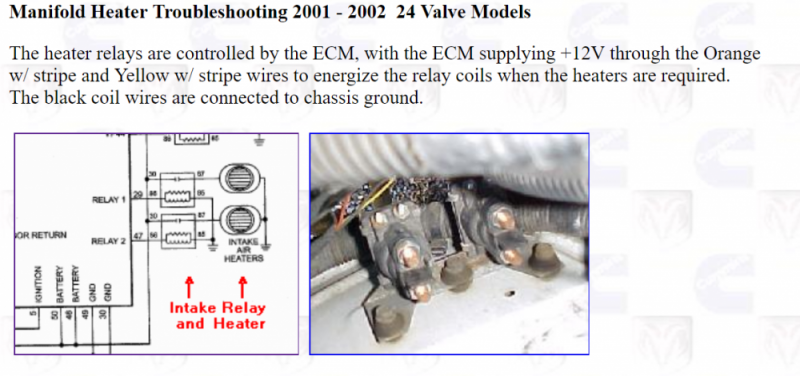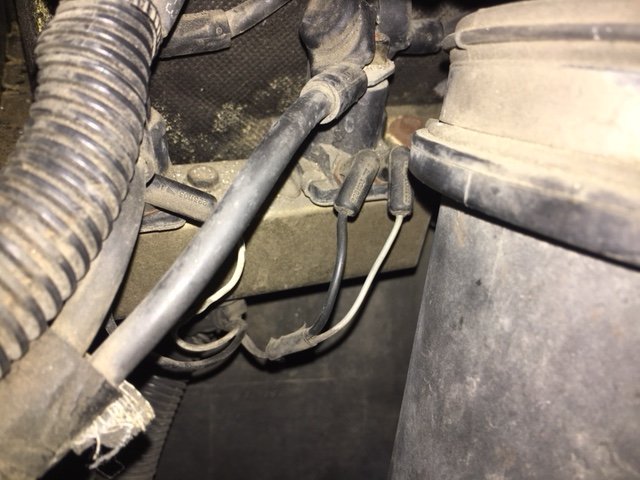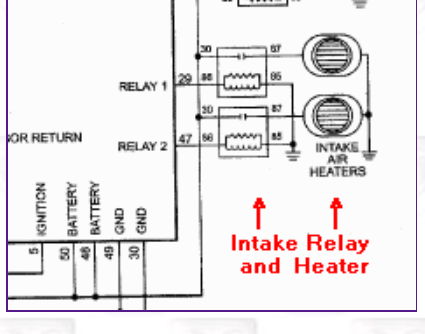schiker
Well-Known Member
A friend is having cold start issues on his 2003 Cummins 5.9. It doesn't want to start when its chilly. Will crank fine if plugged in when its ambient cold. I offered to help look at it Saturday.
Its probably one or both of the contactor/relay/solenoids feeding the air heater is my initial thought. I can probe the contactors/relays ok I think but would like to see if the IAT sensor has a resistance in correct ballpark range of temp. The 2003 + has a MAP/IAT combo.
I found this pinout and a good website for basic logic.
Can I measure the resistance of pins A to B and see the ohm's are similar to chart in the link for when to command air heater. ie below 60F aka 15K ohms.
Can you just unplug the IAT/Map sensor to command longest air heater time? I would undo wires and not burn out heater/kill batteries just if I need extended wait to start time to measure stuff or one try to see what happens.
Do you see any major logic change for the 2003 system? Do they measure any other air temps for when to cold start aid? I figure its the same logic control. Key on run power is supplied to relay ECM controls ground (if wait to start light relay should be pulled in).
Any quick tips?
How robust is the heater element?
Man I have to buy one of those power probe kits Will talks about!

http://dodgeram.org/tech/dsl/troubleshooting/Maniford_htr.htm#basics
Its probably one or both of the contactor/relay/solenoids feeding the air heater is my initial thought. I can probe the contactors/relays ok I think but would like to see if the IAT sensor has a resistance in correct ballpark range of temp. The 2003 + has a MAP/IAT combo.
I found this pinout and a good website for basic logic.
Can I measure the resistance of pins A to B and see the ohm's are similar to chart in the link for when to command air heater. ie below 60F aka 15K ohms.
Can you just unplug the IAT/Map sensor to command longest air heater time? I would undo wires and not burn out heater/kill batteries just if I need extended wait to start time to measure stuff or one try to see what happens.
Do you see any major logic change for the 2003 system? Do they measure any other air temps for when to cold start aid? I figure its the same logic control. Key on run power is supplied to relay ECM controls ground (if wait to start light relay should be pulled in).
Any quick tips?
How robust is the heater element?
Man I have to buy one of those power probe kits Will talks about!

http://dodgeram.org/tech/dsl/troubleshooting/Maniford_htr.htm#basics



